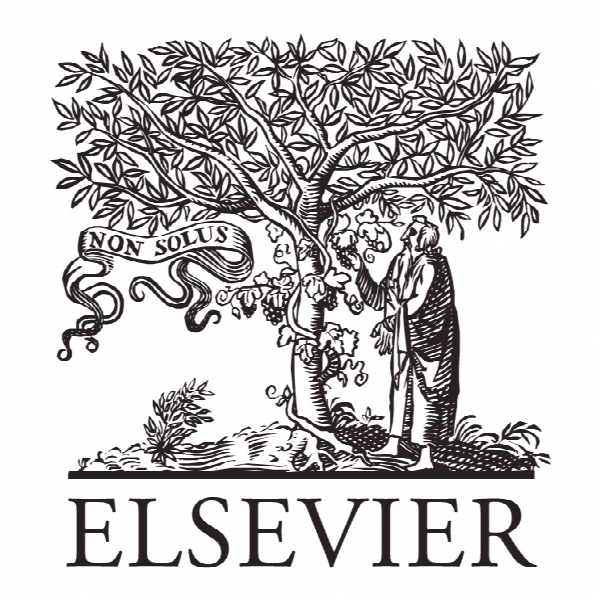اثرات هویت اجتماعی و فشارهای نهادی بر کیفیت حسابرسی The joint effects of social identity and institutional pressures on audit quality: The case of the Chinese Audit Industry
- نوع فایل : کتاب
- زبان : انگلیسی
- ناشر : Elsevier
- چاپ و سال / کشور: 2018
توضیحات
رشته های مرتبط حسابداری
گرایش های مرتبط حسابرسی و حسابداری مالی
مجله بررسی تجارت بین المللی – International Business Review
دانشگاه James Cook University Singapore Campus – Singapore
منتشر شده در نشریه الزویر
کلمات کلیدی انگلیسی Institutional pressure, Audit quality, Social identity
گرایش های مرتبط حسابرسی و حسابداری مالی
مجله بررسی تجارت بین المللی – International Business Review
دانشگاه James Cook University Singapore Campus – Singapore
منتشر شده در نشریه الزویر
کلمات کلیدی انگلیسی Institutional pressure, Audit quality, Social identity
Description
1. Introduction International convergence of structures, processes, and practices has been suggested by a small but increasing stream of literature in the field of management, such as human resource management (HRM) (e.g., Rowley, Benson, & Warner, 2004; Zhu & Warner, 2000), business ethics and corporate governance (e.g., Brandau, Endenich, Trapp, & Hoffjan, 2013; Davis & Greve, 1997; Long & Driscoll, 2008), internationalization (e.g., Brown, 2011; Davis, Desai, & Francis, 2000), and marketing (e.g., Brouthers, O’Donnell, & Hadjimarcou, 2005; Deligonul, Elg, Cavusgil, & Ghauri, 2013; Hillebrand, Nijholt, & Nijssen, 2011). Mainly based on institutional theory, various studies have shown that coercive, normative, and mimetic pressures generally lead organizations to become convergent in their practices around the world (e.g., Ahlstrom & Bruton, 2001; Björkman, Smale, Sumelius, Suutari, & Lu, 2008; Brandau et al., 2013; Farndale & Paauwe, 2007; Huo, Han, Zhao, Zhuo, Wood, & Zhai, 2013), the process of which is defined as isomorphism (DiMaggio & Powell, 1983, 1991). Recent studies show that firms typically receive behavioral cues from and experience multiple institutional prescriptions projected by different audiences (Greenwood, Raynard, Kodeih, Micelotta, & Lounsbury, 2011; Greenwood & Meyer, 2008), and thus their practices remain divergent under the influence of institutional pressures (Hannon, Huang, & Jaw, 1995; Kraatz & Zajac, 1996; Marquis & Lounsbury, 2007; Purdy & Gray, 2009). To explain the divergence of organizational practices among firms in a field, prior research has investigated how various firm- and macro-level economic features shape firms’ responses to institutional pressures (Kraatz & Moore, 2002). For example, Marquis and Tilcsik (2013) show that firm size and macro-environmental uncertainty moderate firms’ choice of philanthropic contributions when facing industry and community institutional pressures. Li and Parboteeah (2015) find that home country culture affects a firm’s mimetic behavior as a response to institutional influences. A shortcoming of these studies is that they primarily focus on firms’ economic features while ignoring the social features. In particular, firms are embedded in social structures, as well as different social groups, and their social characteristics also significantly shape their strategic behavior (Rao, Davis, & Ward, 2000; Rao, Monin, & Durand, 2003). For example, firms may actively assess the consistency or conflicts between institutional pressures and their identity, so as to decide how much they conform to or resist institutional pressures.


